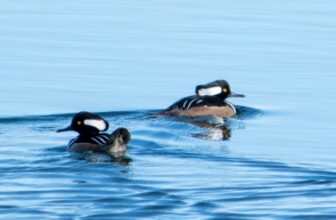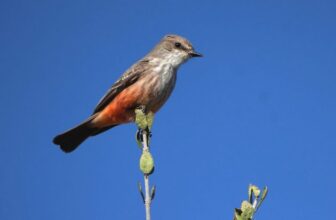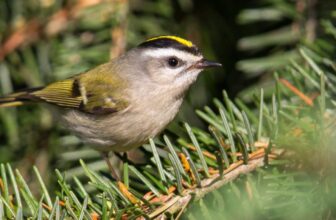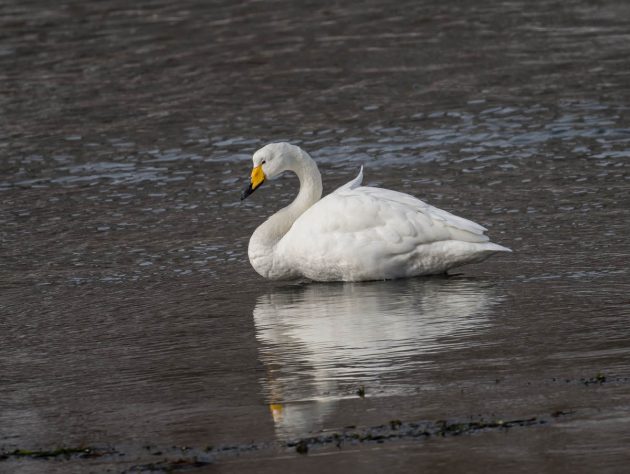
[adinserter block=”1″]
To be honest, I never cared too much for swans. On the one hand, they are very easy to see in Germany, swimming in public parks or teaching pensioners how to eat bread. On the other hand, their white color and their considerable size made me see them as somewhat arrogant birds – the white Golf convertible of the bird world.
Contrary to how ChatGPT would now continue this post, seeing them at Lake Kussharo did not really change this view. In winter, this lake is almost completely frozen – but a few meters very close to the coast are near some hot springs, and the Whooper Swans use this space to gather and basically do nothing there (which did not do anything to change my perception of them).
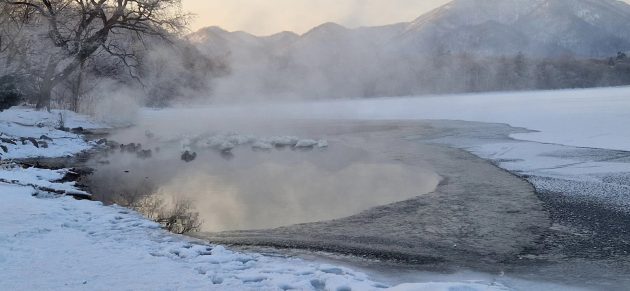
They are ridiculously unafraid of people there – so the cynic in me suspects that swan meat is not regarded as tasty by the Japanese (another explanation, that the Japanese just like animals too much, can presumably be discarded given the country’s very principled approach in insisting on the right to kill whales).
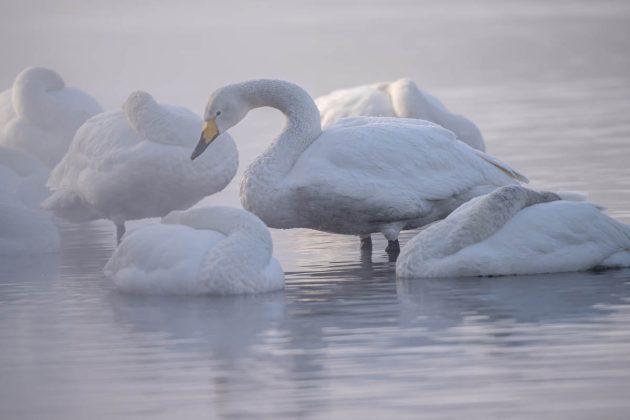
And now we get to the part of the post in which I briefly and unscientifically mention a few research papers on the species to have a reason to post a few more of my photos.
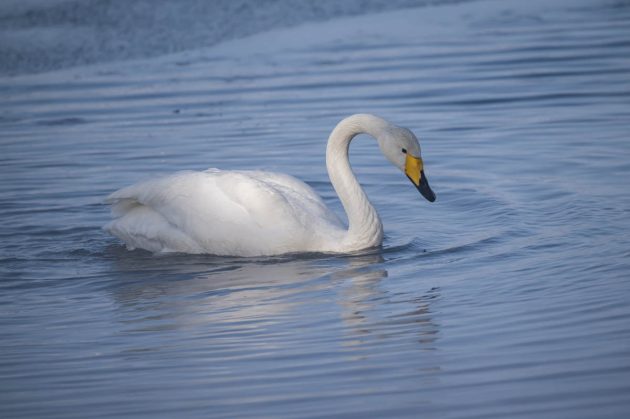
One paper finds that medium-height windfarms are a bigger risk for Whooper Swans than large wind turbines, as apparently, the swans fly relatively low and thus face a bigger collision risk with the former. So, if you plan to erect a wind turbine in your garden and also keep swans, make sure the turbine is very high.
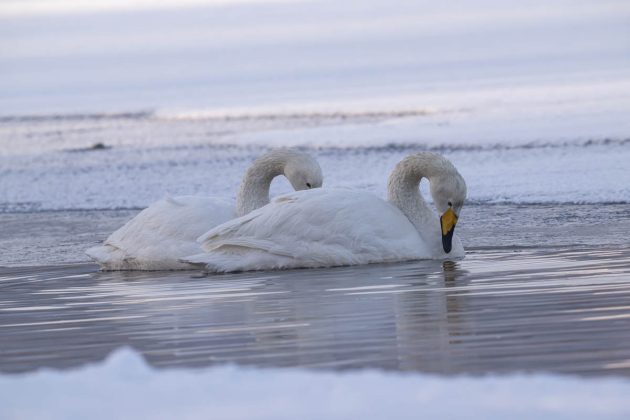
The Journal “Ecological Indicators” could presumably do with better peer reviewers – the highlights section of a paper on “Stimulating effects of Whooper Swans’ behaviors on nutrient releasing from the sediments caused by different human feeding intensities in the swan Lake, China” (in itself a bit of a disaster of a title) has sentences such as “Aggression behaviors of swans benefited for more nutrient N and P release from the sediment under supplemental feeding disturbance” which may well be a meaningful sentence in Chinese but not really in English. It seems the paper is on the effect of swan feeding and swan movement on the release of nutrients, but given the language, I cannot be too sure about this.
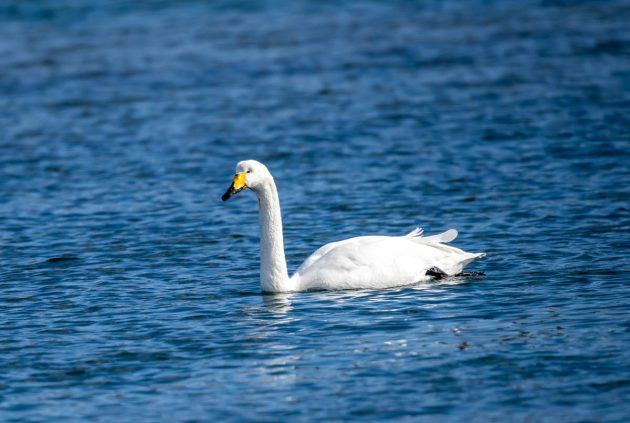
Other researchers apparently tried to get their universities to fund their drone toys, resulting in papers with titles such as “The use of drones to study the breeding productivity of Whooper Swan“.
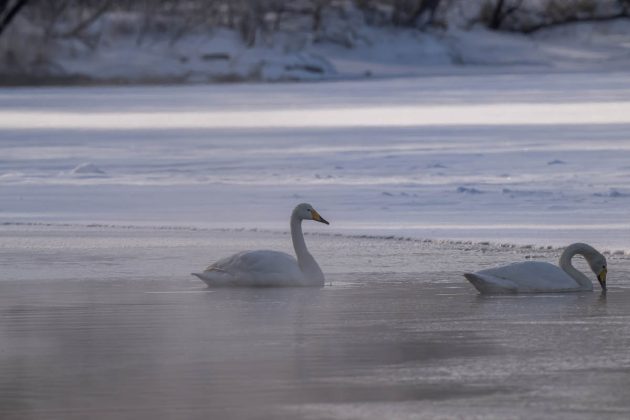
Another finding does not come as a surprise to birders watching birds both from cars and on foot. Pedestrians alert the Whooper Swans for longer periods than vehicles and aircraft.
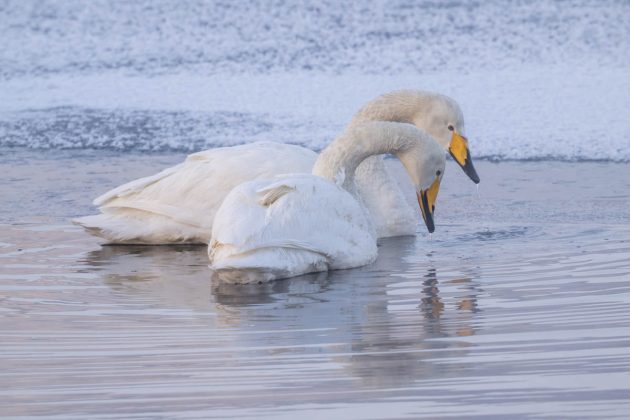
A total of 13 authors looked at the migration patterns of Whooper Swans (four of them apparently were involved in the concept development of the study – it must indeed be very hard to develop a concept for a bird migration study). They found that the Whooper Swans traveled more rapidly in autumn (22 days) than in spring (57 days), which is somewhat surprising to me.
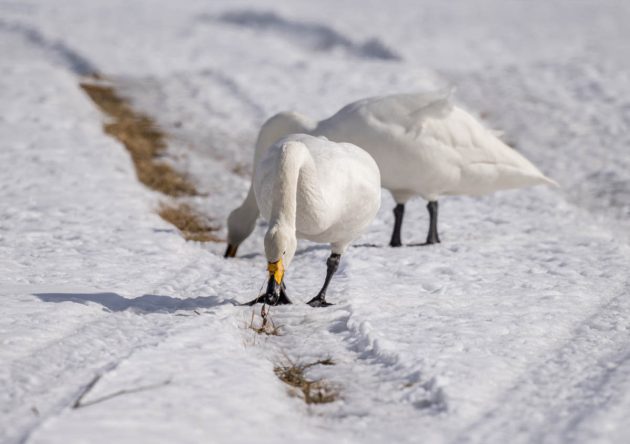
At the end of the abstract, they rather pompously (but admittedly within the norms of scientific boasting) state that “These findings are critical for the conservation and management of Whooper Swans and their key habitats in East Asian regions, and the data are anticipated to make a particularly significant contribution toward developing detailed management plans for the conservation of their key habitats.”
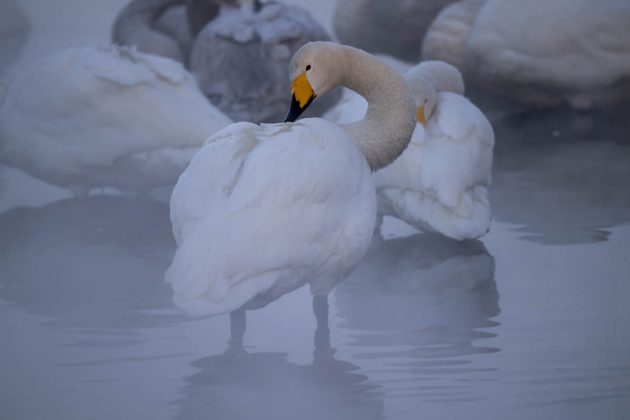
Presumably, all readers of 10,000 Birds think that nature reserves are important – a paper tries to quantify that importance to some extent. It states that populations of Whooper Swans grow 30 times faster inside nature reserves than outside.
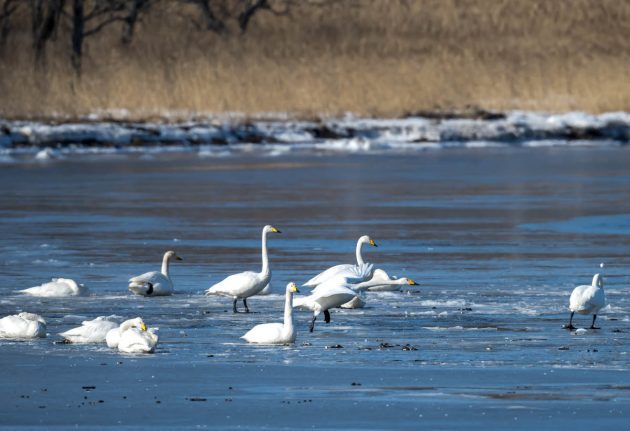
Another location factor is highlands versus lowlands – Whooper Swans breeding in Icelandic lowlands had a much higher breeding success than the highland birds (source). However, some swans claim that the views are much better in the highland habitat, and others are not that keen on raising chicks anyway.
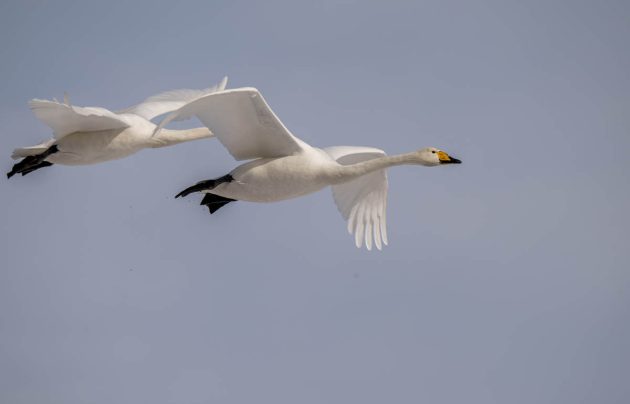
Finally, if you really love Whooper Swans and want to get to know everything that is to know about them, check out papers on the “Comparative Analysis of the Fecal Bacterial Microbiota of Wintering Whooper Swans” or on the “First detection of Blastocystis sp. in migratory whooper swans (Cygnus cygnus) in China”. And if a swan looks at you in a particularly arrogant way, show it these papers too.
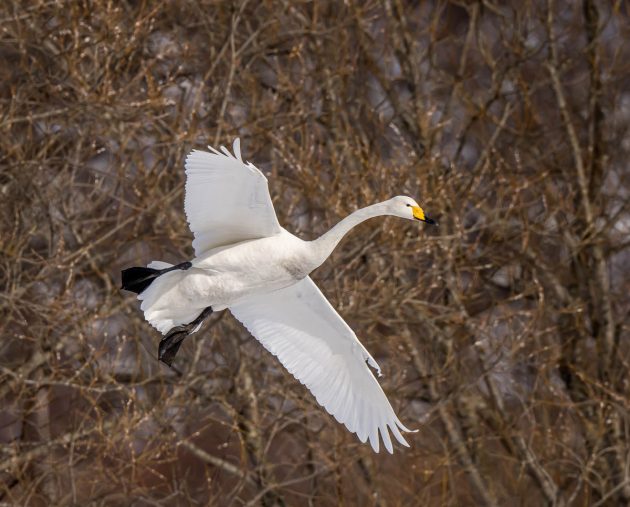
Note: While all photos were taken on Hokkaido in Feb 2024, not all were taken at Lake Kussharo.
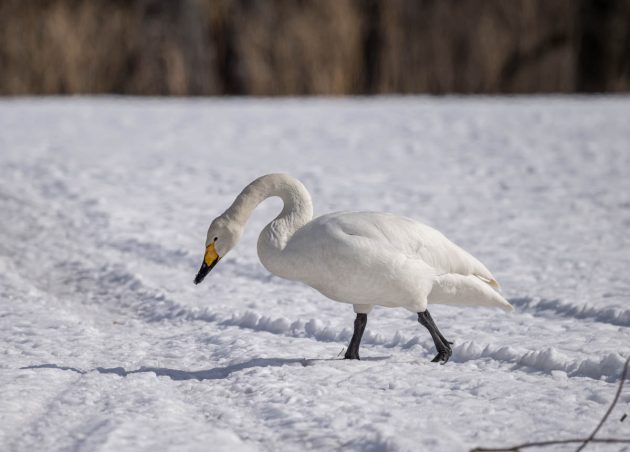
[adinserter block=”1″]
Source link



